#wisent
Text


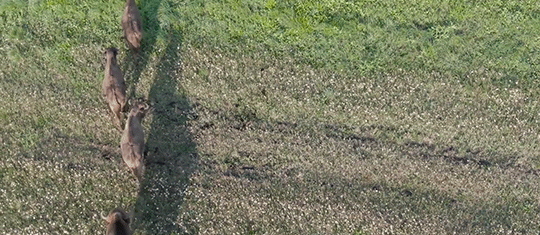

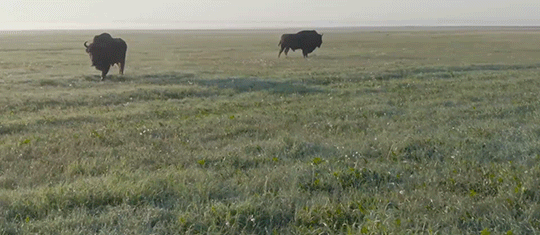

The European bison came very close to total extinction, but thanks to conservation and rewilding efforts they can again be found across central and western Europe. As far back as the 15th century they were protected from poaching and fed in winter, and as recently as 2022 a wild bison calf was born in the UK for the first time in millennia.
©Wildlife World
881 notes
·
View notes
Text
"Windswept"

Lately I've been wanting to experiment with adding more texture to my art and this commission let me do just that! Bison are some of my favorite animals (both European and American varieties) so this was a pleasure to draw!
522 notes
·
View notes
Text
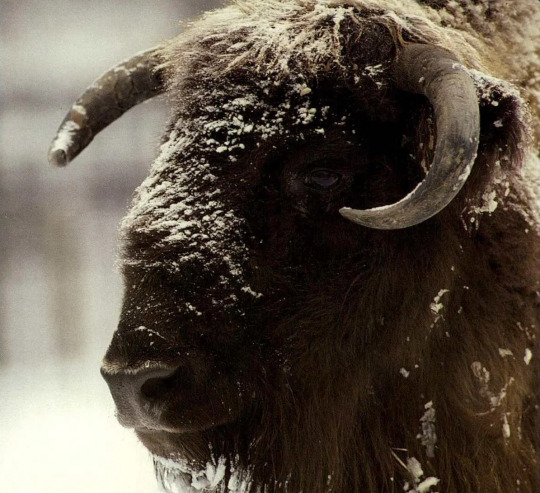
European bison
By: Unknown photographer
From: Wildlife Fact-File
1990s
383 notes
·
View notes
Note
Thoughts on The European bison aka Wisent? I've seen them couple of times at a zoo, they're neat
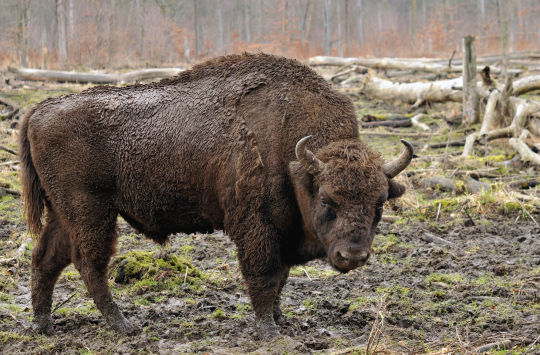


I LOOOVEEE YOU WISENT I LOVE YOU!!!!!!!!!!!!!!!!!! I LOVE WISENT!!! theyre soosososoooo sweet. sweet little darlings.
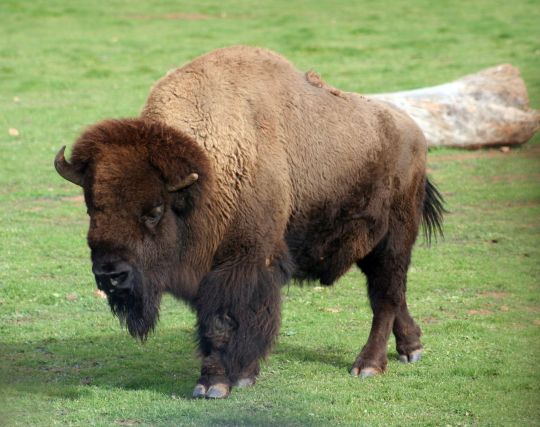

one of these is a wisent and one is an american bison! can uuuu tell the difference!!!?
205 notes
·
View notes
Text

the wisent
295 notes
·
View notes
Text
Bison are often associated with North America, but the wisent (Bison bonasus) is native to Europe. It was driven to extinction in the wild in the early 20th century (it had been extirpated from western Europe for several centuries), but reintroduction efforts began a few decades later.
As with American bison (Bison bison), the wisent is an important keystone species, and its reintroduction stands to benefit the ecosystems it is returning to. As browsers, wisent help keep plant growth in check, and their manure is valuable both for the plant community as well as detritivores and decomposers like various insects, fungi, and microbes. Native large carnivores are generally as scarce as the bison, but in places where wolves and other predators still exist, the bison could be important sources of food.
The hard truth about restoration ecology is that we will never be able to get ecosystems back to how they were before humans so heavily altered them. We can't even necessarily return them to when our impact was much lighter, given all the changes we have made. But if we can at least create pockets of biodiversity with safe travel corridors between them, that will go a long way in at least keeping native wildlife from disappearing entirely. The reintroduction of the wisent in Europe, and the bison in North America, represent important steps in undoing at least a little of the damage done.
#wisent#bison#bovidae#European bison#endangered species#extinction#ecology#restoration ecology#habitat restoration#keystone species#mammals#nature#wildlife#animals#environment#conservation#science#scicomm#rewilding
94 notes
·
View notes
Text

Wisent Bos bonasus
Observed by jeremycalvo74, CC BY-NC
72 notes
·
View notes
Text
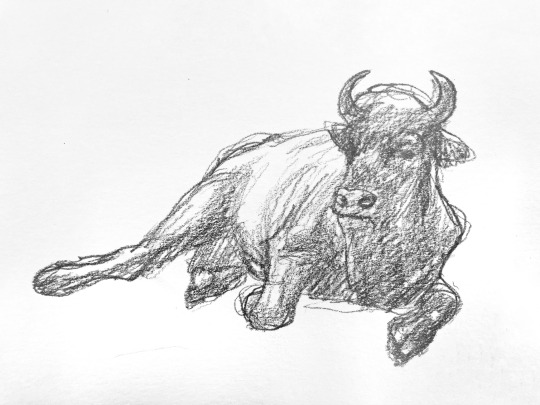
Wisent at rest
pencil sketch, 2021
#own work#artists on tumblr#Bison bonasus#wisent#European bison#bison#Bovidae#bovids#mammal#animals#animal art#nature#art#pencil#pencil study#pencil sketch
279 notes
·
View notes
Note
oohhh. Please feel free to elaborate on wildlife and cheronbyl.
So basically in the years following the reactor meltdown, the Chernobyl exclusion zone has become an unexpected haven for wildlife. There are now a lot of animals there: deer and foxes and the like, but also a lot of species that are really rare in other parts of Europe, like European bison. There are actually so many boar and wolves that they've started to spread into nearby areas.
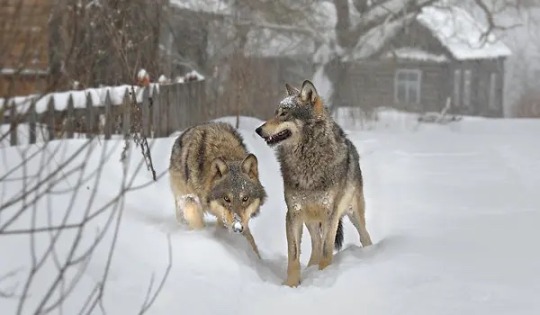
A pair of Wolves. Note the houses behind them.

Wisent, or European bison. They're threatened or endangered in many areas.
There are quire a few dogs and cats still in the area, from pets who unfortunately got left behind. Dogs of Chernobyl is an offshoot of the organization Clean Futures Fund, which has been doing a lot to care for the animals, providing food and medication, and to my knowledge a few of the animals have been able to be adopted.
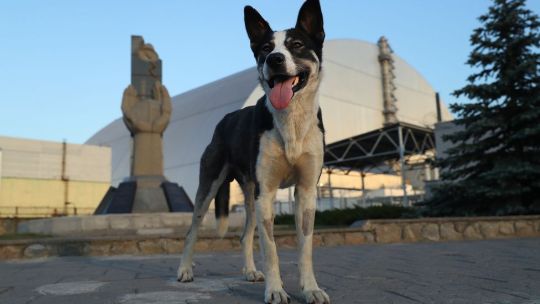
Thats' the reactor sarcophagus right behind him.
My favorite part is the fact that the Chernobyl exclusion zone is home to the only population of Przewalski's horses outside of Mongolia and China. They were introduced by a wildlife reserve in the late 90's in the hopes of improving biodiversity in the area. Przewalskis horses are the last truly wild horses (horses that have never been domesticated by humans) and they were extinct in the wild for most of the 20th century.

House for Horses
They've adapted pretty well to the zone, and they've even been seen using abandoned buildings as shelter!
As far as science goes, there's been some research into the ecology of the zone (a lot of it has been lost or put on hold now, due to the war). There's so much that we don't know about how the radiation effects the animals generation to generation, and how long term radiation exposure effects ecosystems as a whole. The radiation seems to be less of a danger than one might think, but there's a lot we don't fully understand.
As somebody who is studying conservation medicine in graduate school, this is something that really inspires me, and I would love to be involved with this kind of research and rewinding someday.
I tried to keep it short lol. Here's some good links if you'd like to read more. I can link scientific papers if anybody is interested too.
I'd also recommend following chornobyl_reserve on instagram: it's the official account of the Chernobyl Radiation and Ecological Biosphere Reserve, the reserve area of the zone. It's all in Ukrainian but they have stunning photos illustrating the diversity of the area.
And finally: right now, the animals and people in Chernobyl are in danger. If you're in a place to donate or provide assistance, this page has resources where you can help a number of reserves, protected areas and zoos during the war.
#the stag speaks#chernobyl#wolves#european bison#przewalskis horses#takhi#wisent#dogs#awesome animals#asks#teacat12
1K notes
·
View notes
Text

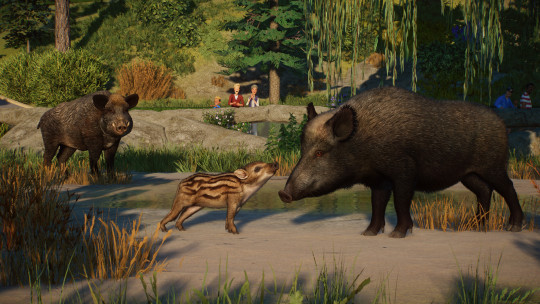

Some of the animals from the new Eurasia Pack - the Wisent, Wild Boar, and Wolverine. I really love how the boars look - their eyes are stunning!
41 notes
·
View notes
Text

A wisent in Germany.
Bison bonasus
© Michael Gäbler / Wikimedia Commons
#michael gabler#photographer#wikimedia commons#wisent#bison bonasus#bison#animal#mammal#wildlife#nature#germany
50 notes
·
View notes
Photo
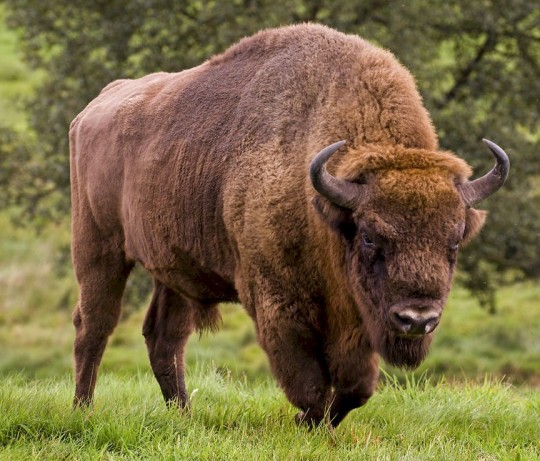




The Wisent, also known as the european bison, European wood bison, the wisen, the zubr, or the European buffalo, is a Eurasian species of bison and one of two extant species of bison, alongside the American bison. During late antiquity and the Middle Ages, wisent became extinct in much of Europe and Asia, surviving into the 20th century only in northern-central Europe and the northern Caucasus Mountains. During the early years of the 20th century, these wisent were hunted to extinction in the wild and only 48 individuals surviving in zoos and museums. Thankfully extensive captive breeding programs where started in the 1920s and today wisents number in the thousands and have been reintroduced throughout Poland, Austria, Azerbajin, Belarus, Ukraine, Bulgaria, the Czech Republic, Denmark, France, Germany, Hungary, Russia, Italy, Kyrgyzstan, Latvia, Lithuania, Moldova, Romania, Serbia, Spain, The Netherlands, Sweden, Switzerland, Scotland, and England. They can be found throughout open woodlands and montane steppes where they live in mixed sex herds of around a dozen individuals and feed upon grasses, sedges, leaves, shoots, roots, and pine needles. Wisent are occasionally preyed upon by brown bears and grey wolves. Reaching around 7 to 11ft in length, 5 to 7ft tall at the shoulder, and 1,000 to 2,000lbs in weight wisent are the largest surviving European land animal. On average Wisent are taller, less heavy, and darker in coloration than American bison and sport more strongly curved horns. The rutting season occurs from August through to October, and after a 264 day pregnancy mothers will give birth to a single calf, which will remain by there mothers side for 7 to 13 months. Under ideal conditions a wisent will reach sexual maturity at around 2 to 4 years and may live up to 30.
185 notes
·
View notes
Photo

Really wanted to do a very rough mockup of what Kiahti's bison pal, Fern. European bison have been domesticated in Kieran's world and fill the niche of horses in society. They're used as work animals but get spoiled rotten once they reach an old age. Most domesticated bison have white splashes on them, generally around the face, but they're never colored like your classic dairy cow. Fern has a bit more white on her than you generally see.
76 notes
·
View notes
Text

Wisent bull
By: Unknown photographer
From: The Ox and Its Kindred
1912
66 notes
·
View notes
Photo
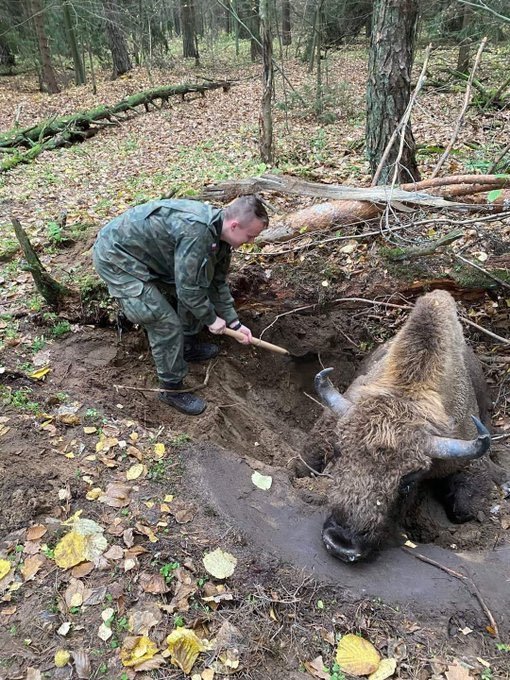
Rescued
Polish soldiers rescued a bison caught in a ditch and trapped by a tree on the country’s eastern border during military exercises.
Respect to the soldiers of the 11th “Joseph Bem” Masurian Artillery Regiment. 🇵🇱
Yes, Poland has bison!
#Poland#rescued#animal#animal rescued#bison rescued#european bison#european wood bison#wisent#animal friends#peace#peace for all#peace for ukraine#life finds a way
95 notes
·
View notes
Text
I have, in my collection, a chunk of European bison femur.
It's black as tar and about as heavy as you'd expect. What you wouldn't expect is the tiny barnacles attached to it-or where or even how it was found. The fisherman that found it were probably just as surprised as anyone else would be upon finding the bone of a land mammal not know for great swimming skills in their net-the fact that this is thousands of years old was just extra on top of the unexpected find.
But it's less of a shock if you know about the lost land under the waves of the north sea. The ice age locked up a lot of water and it was once dry land; land this animal walked on thousands of years ago with woolly rhinos and mammoth. Of those, only they remain-and sometimes I wonder if the descendant remembers migration routes that dead-end into the sea, a ghost of home still knocking around in a ponderous skull.

4 notes
·
View notes